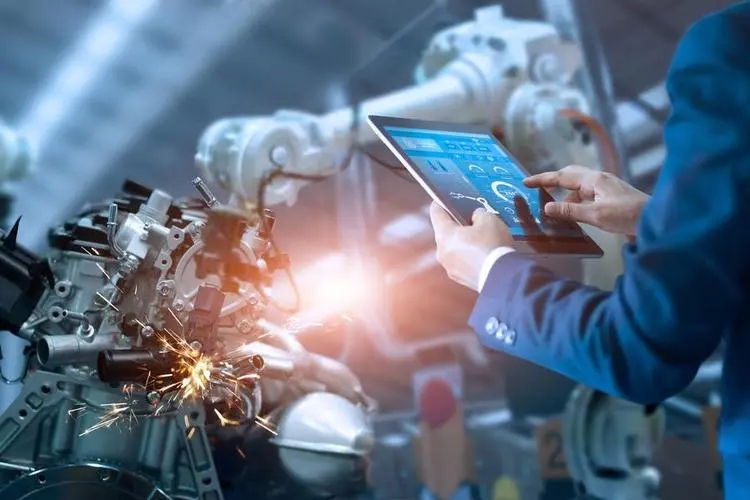Aluminum profile processing is widely used in industry, construction, furniture, space, transportation and other fields. How to process aluminum profiles into the materials we need, aluminum profile processing manufacturers will sort out for you today

The processing technology of aluminum profiles mainly includes three processes: aluminum rod melting and casting, profile extrusion aging and surface treatment. The whole mass production process takes about 3-4 days to complete, and then transported to the aluminum profile processing plant. It usually takes 7-10 days. The whole aluminum profile is processed to the factory, and the general profile factory promises about 15 days. Processing is the key path for aluminum alloy doors and windows, and it is necessary to always pay attention to the time when the manufacturer places an order.
The processing technology of aluminum profiles is as follows:
Aluminum alloy profiles are divided into industrial aluminum and civil aluminum. The composition (alloy brand) of aluminum alloys for different purposes is different. Before the extrusion of the profile, it is necessary to melt and cast an alloy aluminum rod suitable for the purpose. Aluminum alloy doors and windows generally use 6063T5 and 6063T6 (6063T6 has higher hardness than 6063T5, and generally aluminum alloy doors and windows can meet the requirements by using 6063T5).
The specific aluminum rod melting and casting process is as follows: a. Purchasing pure aluminum ingots. b. Alloy melting and casting, pure aluminum ingots are melted in a furnace, and then other alloy components are added, and poured into the grinding wheel for cold forming to form an alloy aluminum rod to be extruded.
Profile extrusion and aging: After the aluminum rod is formed, it can be sent to the profile extrusion line. The profile extrusion machine first heats the aluminum rod, and then sends it to the extruder mouth for extrusion after reaching a suitable temperature. Profiles with different cross-sections can be extruded through different dies. The newly extruded profile has no strength and needs to be sent to an aging furnace for 4-8 hours of aging to increase the strength.
When the profile has a certain strength, surface treatment can be carried out. The principles of powder coating and carbon coating are basically the same among the four surface treatment methods; the basic principles of anodizing and electrophoresis are the same. Pretreatment is required before all surface treatments. Pretreatment function: remove dust, dirt, grease, fingerprints, etc. from the extrusion process of the profile surface. , and expose the pure metal substrate.
Powder spraying and carbon spraying: The profile and the spray gun form positive and negative poles, and an electrostatic high-voltage electric field is formed in the two poles. The sprayed paint particles are charged, and under the action of the electric field, a uniform paint film is formed on the surface of the profile, which is baked and cured. The difference between powder spraying and carbon spraying for aluminum profile processing is that powder spraying is powder particles, and carbon spraying is a kind of paint. In addition to sending the inspection institute to test the thickness of the paint film, if conditions permit, you can also use a hand-held film thickness inspection line for inspection, or use a vernier caliper for rough inspection (taking powder coating as an example: the thickness of the general window profile is 1.4mm, and the film thickness is 0.04 mm. ~0.12mm, the thickness of the profile should be between 1.44~1.52mm after the on-site measurement).
Previous:没有了
Next:How to assemble industrial aluminum profiles to be firm